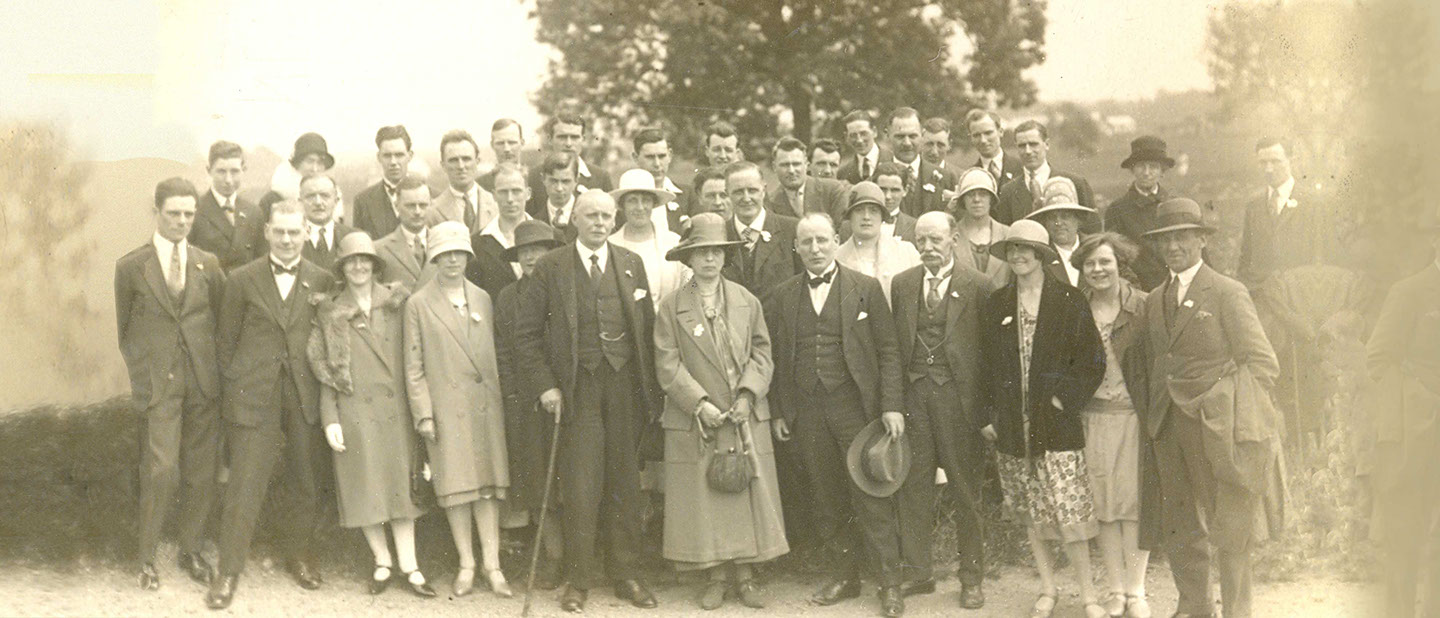

Our first volunteer

We believe it was a vet named Mr J. R. Hartshorne who was remarkable in that he used to look after the pets belonging to King George V. He freely gave his time and skills to treat the very first animals to be brought to the People’s Dispensary for Sick Animals of the Poor in 1917.
Given the rank of Superintendent, Mr Hartshorne would oversee the most severe cases and those needing surgery on Tuesday and Friday evenings, but he could be called upon for emergency cases at any time. And he was a busy man. The average number of cases seen on those Tuesdays and Fridays was about 50 animals - horses, donkeys, dogs, cats, rabbits, goats and birds.
Maria Dickin, pictured above with some of her early supporters and volunteers, thanked him and his co-worker Mrs Cook for their ‘untiring energy and devotion to the work’ saying, ‘without their loyal service it would have been impossible for us to have accomplished so much at such small cost.’












